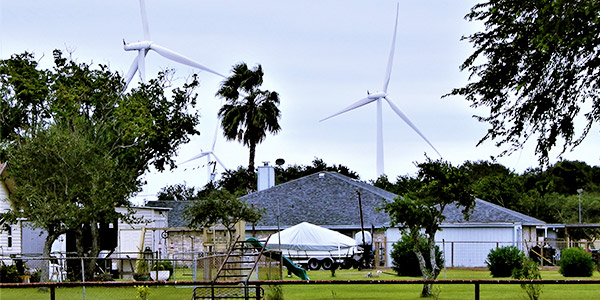ERCOT released its preliminary seasonal assessment of resource adequacy (SARA) for the summer Thursday, saying power reserves “are in a better position” than they have been in recent years.
The Texas grid operator projects a summer peak demand of 77.1 GW, which would be a new record. Based on information provided by generation owners, ERCOT expects to have nearly 87 GW of summer-rated capacity available and a 15.5% reserve margin June through September. That is up from 12.6% a year ago and 8.6% in 2019, when the grid operator set its all-time demand peak of 74.8 GW.
Staff postponed the SARA for two weeks to incorporate new system stress scenarios and other design changes following February’s near crash of the ERCOT system. The assessment includes a new section that details more extreme scenarios that could lead to energy emergencies and the possibility of controlled outages.
In unusually frank language, the grid operator said the extreme scenarios consist of “combinations of high system risk assumptions derived from historical data, and while there is a low probability that they will occur, they would be high-impact events.”
Last year’s final winter assessment, based on normal weather conditions during peak periods from 2004 through 2018, forecast a peak of 57.7 GW. ERCOT shattered that mark on Feb. 14 at 69.2 GW and would likely have set a new all-time peak had not 35 GW of generation dropped off later that evening. (See ERCOT: Record 5 GW of Installed Wind Capacity.)
The ensuing days-long outages have been blamed for 111 deaths.
“We recently experienced a terrible tragedy, and ERCOT is committed to working with legislators, regulators and stakeholders on how to prepare for more extreme outcomes moving forward,” said Woody Rickerson, ERCOT’s vice president of grid planning and operations. “We must strike a balance between communicating the possibility of these types of conditions and providing realistic seasonal expectations.”
The ERCOT system is built to handle Texas’ 100-degree summer weather and generators are typically built to maximize performance during the dog days of August. Pete Warnken, the grid operator’s manager of resource adequacy, said an extreme weather event during summer would likely not lead to emergency, as happened in February.
“It wouldn’t be as much of a problem as what happened this winter, where you had failures of equipment as well as the natural gas infrastructure,” Warnken said during a media call. “There are certainly risks involved, but it’s a different situation.”
“The data for this summer is based on what we know today,” spokesperson Leslie Sopko said. “It is also worth keeping in mind that we are anticipating record breaking demand on the system. Of course, we will closely monitor the situation as we move into the summer months.”
Baseload generation accounts for 63.4 GW of the operational capacity. ERCOT also expects to have nearly 25 GW of installed wind capacity (with capacity factor ranges of 19%-61%), 4.2 GW of solar capacity (with a peak average capacity factor of 80%) and 3.5 GW of switchable capacity (resources dispatchable to both ERCOT and SPP) on hand.
Another 11.2 GW of capacity — all but 895 MW of it wind and utility-scale solar — has executed generator-interconnection agreements and is expected to be available. Nearly 1 GW of battery storage is also available, but not included in summer capacity contributions.
“ERCOT will benefit from growth in generation resources, but forecasts are also showing another record-breaking summer on the demand side,” Rickerson said.
The grid operator also released its final spring resource adequacy assessment, which includes a 64.4 GW peak-load forecast.
The SARA report is based on an assessment of generation availability and expected peak demand conditions at the time it was prepared. It now includes synchronized generation that may be producing power but has not yet been approved for commercial operations.
The assessment considers expected generation outages that typically occur during each season for maintenance, as well as a range of generation outage scenarios and weather conditions.
ERCOT will release the final summer SARA in early May. It said the report will reflect the expected summer weather conditions, including developing drought conditions in west and south Texas.





